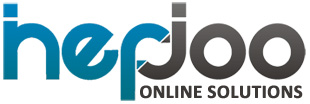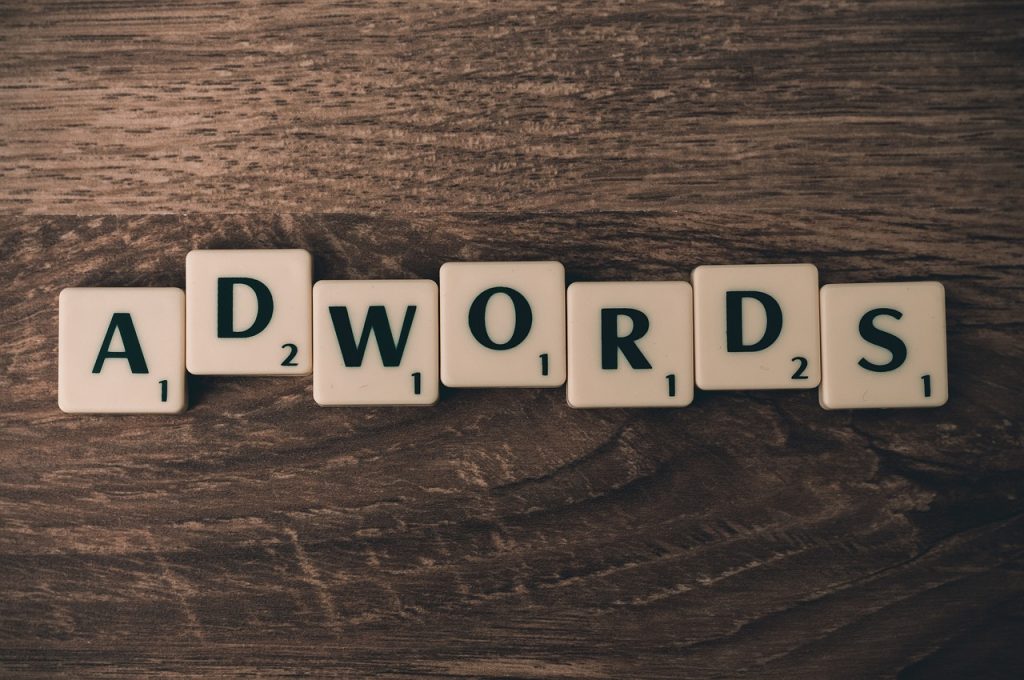I’ve discovered the secret to maximizing the success of your Adwords campaigns: optimal structure for ad groups.
I’ll walk you through the importance of ad group structure in Adwords and provide you with key elements and best practices to create an effective setup.
By optimizing your ad group structure, you can significantly improve your campaign’s performance and reach your target audience more efficiently.
So let’s dive in and unlock the potential of your Adwords ad groups together!
Key Takeaways
- A highly structured ad group layout leads to improved campaign performance.
- Relevant ads aligned with user intent increase click-through and conversion rates.
- Organizing keywords into themed groups allows for data-driven optimization.
- An organized ad group structure significantly enhances the quality score of advertisements.
Understanding the Importance of Ad Group Structure in Adwords
Understanding the importance of ad group structure in Google Ads can greatly improve your campaign’s performance. It is crucial to have a well-organized and optimized ad group structure to maximize the effectiveness of your ads.
Ad group structure refers to how you organize and categorize your keywords, ads, and landing pages within your campaigns. By grouping similar keywords together and creating relevant ads for each group, you can ensure that your ads are highly targeted and aligned with user intent.
Having a clear ad group structure allows you to create more specific and personalized ads that resonate with your target audience. This not only improves the quality score of your ads but also increases click-through rates and conversion rates.
Additionally, by organizing your keywords into themed groups, you can easily track their performance, make strategic bidding decisions, and optimize your campaigns based on data-driven insights.
Campaign structure is one of the most critical pieces of a successful PPC effort. There are numerous ways to consider structuring your campaigns.
https://searchengineland.com/guide/ppc/search-campaign-structure
Campaign Structure
Now let’s delve into the basics of AdWords ad group structuring.
Basics of Adwords Ad Group Structuring
To effectively organize your Adwords campaigns, it’s important to grasp the fundamentals of how to structure ad groups. Ad group structure refers to the way you organize your ads within a campaign.
Here are three key elements of an effective Google Ads ad group:
- Ad Group Segmentation: Segmenting your ad groups allows you to target specific keywords and tailor your ads accordingly. By grouping similar keywords together, you can create highly relevant and targeted ads that resonate with your audience.
- Keyword Relevance: Ensuring that the keywords in your ad group are closely related to each other helps improve the quality score of your ads. This, in turn, leads to better ad rankings and lower costs per click.
- Ad Copy Consistency: Your ad copy should align with the keywords in your ad group. By maintaining consistency between your keywords and ad copy, you can increase click-through rates and drive more qualified traffic to your website.
Now that we understand the basics of ad group structuring, let’s explore the key elements of an effective Adwords ad group without wasting any time.
Key Elements of an Effective Adwords Ad Group
When organizing your campaigns, it’s crucial to focus on three key elements that make an effective ad group: ad group organization, and ad group relevance.
Ad group organization refers to how you structure and categorize your ads. It’s important to create separate ad groups for different products or services, allowing for better control and optimization.
Ad group relevance ensures that the keywords and ads within a particular group are closely related to each other. This improves the quality score of your ads and increases their chances of being shown to the right audience.
By prioritizing these key elements in your ad group strategy, you can maximize the effectiveness of your campaigns and achieve better results.
Now let’s explore the steps to optimizing your AdWords ad group structure…
Steps to Optimizing Your Adwords Ad Group Structure
Start by organizing your campaigns into separate categories based on products or services to better control and optimize your ads. This ad group campaign structure is crucial for ad group optimization.
Here are three key steps to optimizing your AdWords ad group structure:
- Determine the main theme or focus of each campaign category.
- Create ad groups within each campaign category that target specific keywords related to the theme.
- Craft compelling and relevant ads for each ad group, tailored to the specific keywords and target audience.
By organizing your campaigns in this way, you can effectively manage and monitor the performance of each ad group, allowing you to make data-driven decisions for optimization.
Now let’s dive into best practices for structuring your AdWords ad groups seamlessly.
Best Practices for Adwords Ad Group Structuring
One important practice for structuring your AdWords ad groups is to categorize your campaigns based on specific themes or focuses. This approach, known as ad group strategy, allows you to create targeted and relevant ads that cater to the needs and interests of your audience.
By organizing your campaigns in this way, you can better control the performance of each ad group and optimize your overall campaign effectiveness.
When implementing ad group best practices, it’s crucial to conduct thorough keyword research and choose relevant keywords for each ad group. Additionally, ensure that your ads align with the search intent of users by creating compelling ad copy and using tailored landing pages. These strategies will help increase click-through rates and drive conversions.
Now let’s explore some common mistakes to avoid in AdWords ad group structuring…
Common Mistakes to Avoid in Adwords Ad Group Structuring
When it comes to ad group structuring in AdWords, it’s important to avoid common mistakes that can hinder the performance of your campaigns. Here are a few things to keep in mind:
- Avoiding Overlapping Keywords: Ensure that each ad group has distinct keywords to prevent keyword cannibalization and improve ad relevance.
- Neglecting Ad Group Targeting: Make sure your ads are tailored to the specific targeting criteria of each ad group, such as location or device type.
- Ignoring Ad Group Performance: Regularly analyze the performance of your ad groups to identify any underperforming ones. This will allow you to make necessary adjustments and optimize your campaigns.
By avoiding these mistakes and optimizing your ad group structure, you can maximize the effectiveness of your AdWords campaigns.
Now let’s move on to analyzing the performance of your AdWords ad group structure…
Analyzing the Performance of Your Adwords Ad Group Structure
To evaluate how well your ad groups are performing, take a look at the key metrics and data that indicate the effectiveness of your AdWords campaigns. Analyzing ad group performance is crucial in understanding how your ads are resonating with your target audience and driving conversions.
By examining metrics such as click-through rates (CTR), conversion rates, cost per click (CPC), and quality scores, you can gain valuable insights into the success of your ad group structure. Identify and separate ad groups that are not performing well, then think about making changes in their targeting or messaging to enhance the results. Additionally, identify top-performing ad groups and leverage their successful elements to optimize other campaigns.
Evaluating ad group performance empowers you to make data-driven decisions that maximize the impact of your AdWords campaigns.
Even simple evaluations can lead to a noticeable improvement in your Google Ads account performance. For example, by finding keywords without conversions that nevertheless generate traffic of above-average quality (low bounce rate, long time spent on the website, etc.).
Evaluating ad group performance
Let’s now delve into a captivating case study that demonstrates the effectiveness of well-structured AdWords ad groups…
Case Study: Successful Adwords Ad Group Structures
Take a look at how successful advertisers have structured their AdWords ad groups to achieve impressive results.
These are some key elements of their winning strategies:
- Segmentation: They divide their campaigns into tightly themed ad groups, ensuring that each group focuses on a specific product or service.
- Keyword relevance: They choose keywords that are highly relevant to the products or services being advertised, increasing the chances of attracting qualified leads.
- Ad copy alignment: They craft compelling ad copies that closely match the keywords in each ad group, improving click-through rates.
By following these principles, advertisers create a clear and organized structure for their ad groups. This allows them to deliver targeted ads to potential customers and drive better overall performance.
Ultimately, successful ad group structures contribute to higher quality scores, increased click-through rates, and improved (ROI).
Frequently Asked Questions
What Is the Average Click-Through Rate for Ad Groups With a Well-Structured Adwords Campaign?
On average, the click-through rate for ad groups with a well-structured AdWords campaign is higher. This indicates that proper organization and targeting can result in more engagement and better performance.
How Can I Determine the Optimal Number of Keywords to Include in Each Ad Group?
To determine the optimal number of keywords for each ad group, I analyze data on click-through rates and campaign performance. By experimenting with different keyword quantities, I can identify which yields the best results.
Are There Any Industry-Specific Strategies for Structuring Adwords Ad Groups?
In my experience, industry-specific strategies for structuring AdWords ad groups can greatly impact performance. For example, in the retail sector, organizing by product categories allows for more targeted messaging and improved conversion rates.
Should I Use Broad Match, Phrase Match, or Exact Match Keywords in My Ad Groups?
I should use a combination of broad match, phrase match, and exact match keywords in my ad groups. This allows me to reach a wider audience while still maintaining control over the relevance of my ads.
How Can I Track Conversions and Measure the Success of My Adwords Ad Group Structure?
To track conversions and measure the success of my Adwords ad group structure, I use conversion tracking tools provided by Google. This allows me to analyze data and make strategic optimizations for better results.

